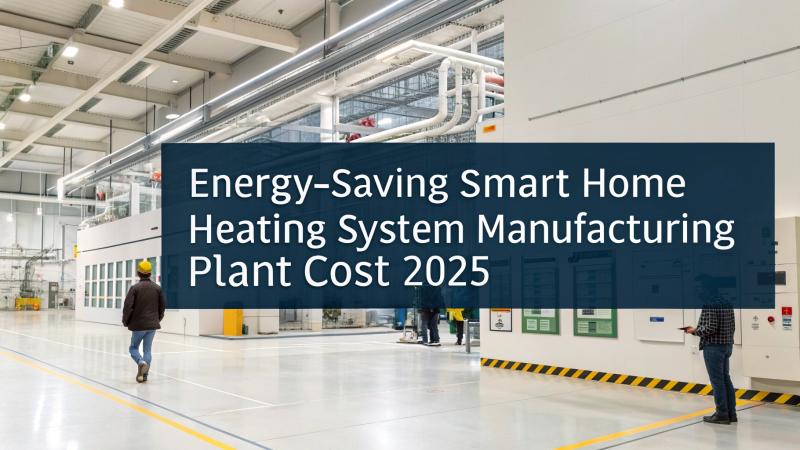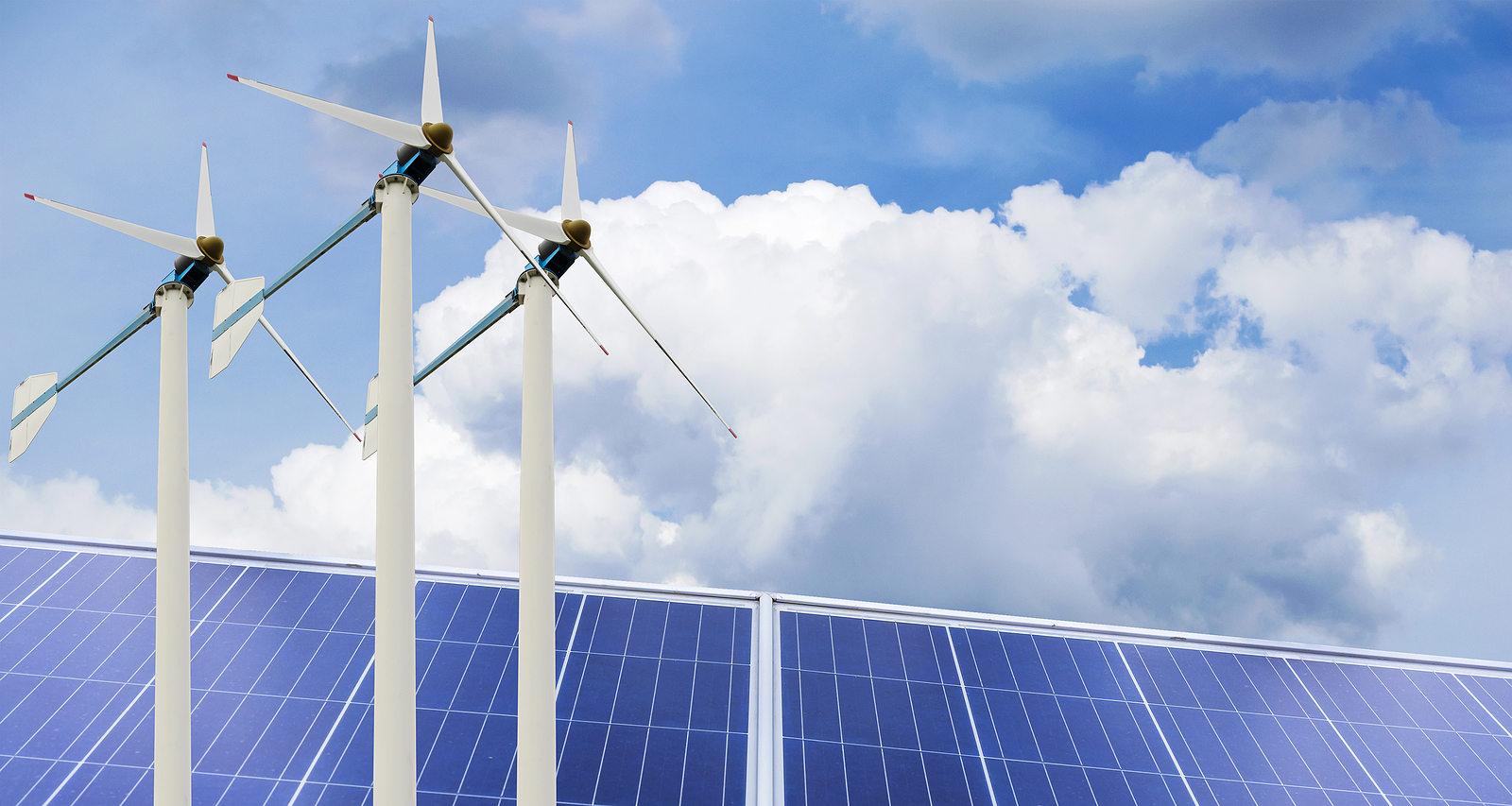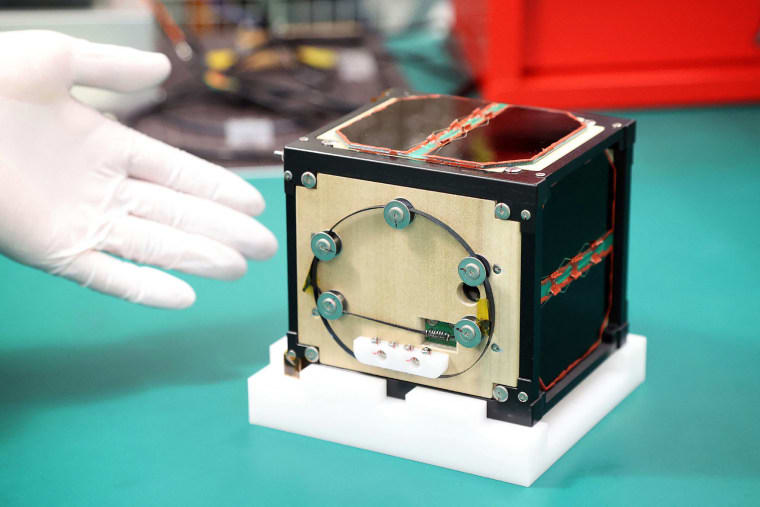Energy-Saving Smart Home Heating System Manufacturing Plant


Setting up an energy-saving smart home heating system manufacturing facility necessitates a detailed market analysis alongside granular insights into various operational aspects, including unit processes, raw material procurement, utility provisions, infrastructure setup, machinery and technology specifications, workforce planning, logistics, and financial considerations.
IMARC Group’s report titled “Energy-Saving Smart Home heating system Manufacturing Plant Project Report 2025: Industry Trends, Plant Setup, Machinery, Raw Materials, Investment Opportunities, Cost and Revenue” offers a comprehensive guide for establishing an energy-saving smart home heating system manufacturing plant cost, covering everything from product overview and manufacturing processes to detailed financial insights.
Request For a Sample Report:
What is Energy-Saving Smart Home Heating System?
An energy-saving smart home heating system is an advanced temperature-control solution that uses intelligent sensors, automation, and connectivity to maintain optimal indoor comfort while reducing energy consumption. It typically integrates smart thermostats, occupancy detectors, weather-responsive controls, and mobile app management to adjust heating output in real-time based on user behavior and environmental conditions. By analyzing patterns and optimizing heat distribution, these systems prevent energy waste, reduce utility bills and increase overall efficiency. Many also connect to broader smart-home platforms, allowing seamless coordination with ventilation, insulation, and renewable energy sources for a more sustainable home environment.
What is Driving the Energy-Saving Smart Home Heating System Market?
The energy-saving smart home heating systems industry is experiencing strong growth due to increasing consumer demand for energy efficiency, growing awareness of climate change, and the shift toward intelligent home automation. A major trend is the adoption of AI-enabled thermostats that learn user preferences and automatically fine-tune heating schedules, improving comfort without manual adjustments. Integration with IoT devices such as smart meters, voice assistants, and renewable energy systems is also accelerating, creating a connected ecosystem that maximizes home energy management. Additionally, growing smart city initiatives and government incentives for energy-efficient home upgrades encourage homeowners to transition from traditional heating systems to smart alternatives.
Buy now:
Key Steps Required to Set Up an Energy-Saving Smart Home Heating System Plant
1. Market Analysis
The report provides insights into the landscape of the energy-saving smart home heating system industry at the global level. The report also provides a segment-wise and region-wise breakup of the global energy-saving smart home heating system industry. Additionally, it also provides the price analysis of feedstocks used in the manufacturing of energy-saving smart home heating system, along with the industry profit margins.
• Segment Breakdown
• Regional Insights
• Pricing Analysis and Trends
• Market Forecast
2. Product Manufacturing: Detailed Process Flow
Detailed information related to the process flow and various unit operations involved in the energy-saving smart home heating system manufacturing plant project is elaborated in the report.
These include:
• Land, Location, and Site Development
• Plant Layout
• Plant Machinery
• Raw Material Procurement
• Packaging and Storage
• Transportation
• Quality Inspection
• Utilities
• Human Resource Requirements and Wages
• Marketing and Distribution
3. Project Requirements and Cost
The report provides a detailed location analysis covering insights into the plant location, selection criteria, location significance, environmental impact, and expenditure for energy-saving smart home heating system manufacturing plant setup. Additionally, the report also provides information related to plant layout and factors influencing the same. Furthermore, other requirements and expenditures related to machinery, raw materials, packaging, transportation, utilities, and human resources have also been covered in the report.
Machinery and Equipment
• List of machinery needed for energy-saving smart home heating system manufacturing
• Estimated costs and suppliers
Raw Material Costs
• Types of materials required and sourcing strategies
Utilities and Overheads
• Electricity, water, labor, and other operational expenses
Ask Analyst for Customization:
4. Project Economics
A detailed analysis of the project economics for setting up an energy-saving smart home heating system manufacturing plant is illustrated in the report. This includes the analysis and detailed understanding of capital expenditure (CAPEX), operating expenditure (OPEX), income projections, taxation, depreciation, liquidity analysis, profitability analysis, payback period, NPV, uncertainty analysis, and sensitivity analysis.
Capital Expenditure (CAPEX)
• Initial setup costs: land, machinery, and infrastructure
Operating Expenditure (OPEX)
• Recurring costs: raw materials, labor, maintenance
Revenue Projections
• Expected income based on manufacturing capacity, target market, and market demand
Taxation
Depreciation
Financial Analysis
• Liquidity Analysis
• Profitability Analysis
• Payback Period
• Net Present Value (NPV)
• Internal Rate of Return
• Profit and Loss Account
Uncertainty Analysis
Sensitivity Analysis
Economic Analysis
5. Legal and Regulatory Compliance
• Licenses and Permits
• Regulatory Procedures and Approval
• Certification Requirement
6. Hiring and Training
• Total human resource requirement
• Salary cost analysis
• Employee policies overview
The report also covers critical insights into key success and risk factors, which highlight the aspects that influence the success and potential challenges in the industry. Additionally, the report includes strategic recommendations, offering actionable advice to enhance operational efficiency, profitability, and market competitiveness. A comprehensive case study of a successful venture is also provided, showcasing best practices and real-world examples from an established business, which can serve as a valuable reference for new entrants in the market.
About Us:
IMARC is a global market research company offering comprehensive services to support businesses at every stage of growth, including market entry, competitive intelligence, procurement research, regulatory approvals, factory setup, company incorporation, and recruitment. Specializing in factory setup solutions, we provide detailed financial cost modeling to assess the feasibility and financial viability of establishing new manufacturing plants globally. Our models cover capital expenditure (CAPEX) for land acquisition, infrastructure, and equipment installation while also evaluating factory layout and design’s impact on operational efficiency, energy use, and productivity. Our holistic approach offers valuable insights into industry trends, competitor strategies, and emerging technologies, enabling businesses to optimize operations, control costs, and drive long-term growth.
Contact Us:
IMARC Group
134 N 4th St. Brooklyn, NY 11249, USA
Email: [email protected]
Tel No:(D) +91 120 433 0800
United States: (+1-201971-6302)
This release was published on openPR.
link







